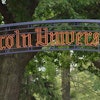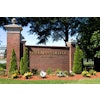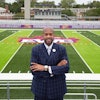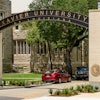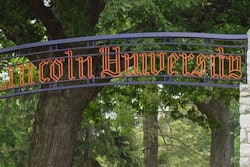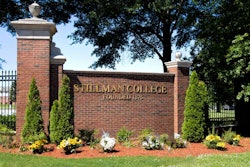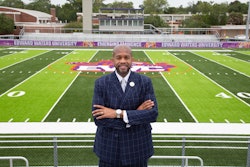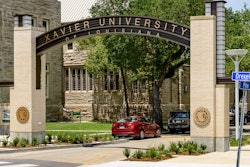When Emma Bradford Perry arrived at Southern University and A&M
College at Baton Rouge from Harvard four years ago to head up that
school’s library, the first thing she did close the card catalog.
“When I got here, we were still using the card catalog,” said
Perry, Southern’s dean of libraries and the former assistant director
of the Harvard Business School Library. “The library needed to move
into the twenty-first century and become more technologically
sophisticated.”
Now, Southern is moving along the information highway, having
completely revamped its library in order to keep up with rapid changes
in educational technology and to keep its students competitive. With
the myriad worldwide changes in technology, historically Black colleges
and universities (HBCUs) are hurrying to keep up with the flow of
traffic.
“We have to stay up with everybody else” said David Bogar, dean of
North Carolina A&T State University’s School of Education. “There
is no lagging behind in this game. We have moved beyond the days of
just having a computer lab. Just because you have a computer lab
doesn’t mean anything anymore.”
Kenneth Chambers, director of information technology at North Carolina Central University in Durham, agrees.
“Technology completely changes every three years,” said Chambers. “By the third year, if it isn’t worn out, it is obsolete.”
Back in 1988 while on the English Department’s faculty, Chambers
set up that department’s first computer lab. In that modest
environment, he taught English students how to write term papers on
computers using a DOS-based Word Perfect program. Now, he is
instructing students all over the campus on how to use spreadsheets and
Windows, and how to access information off the web and create their own
web pages.
